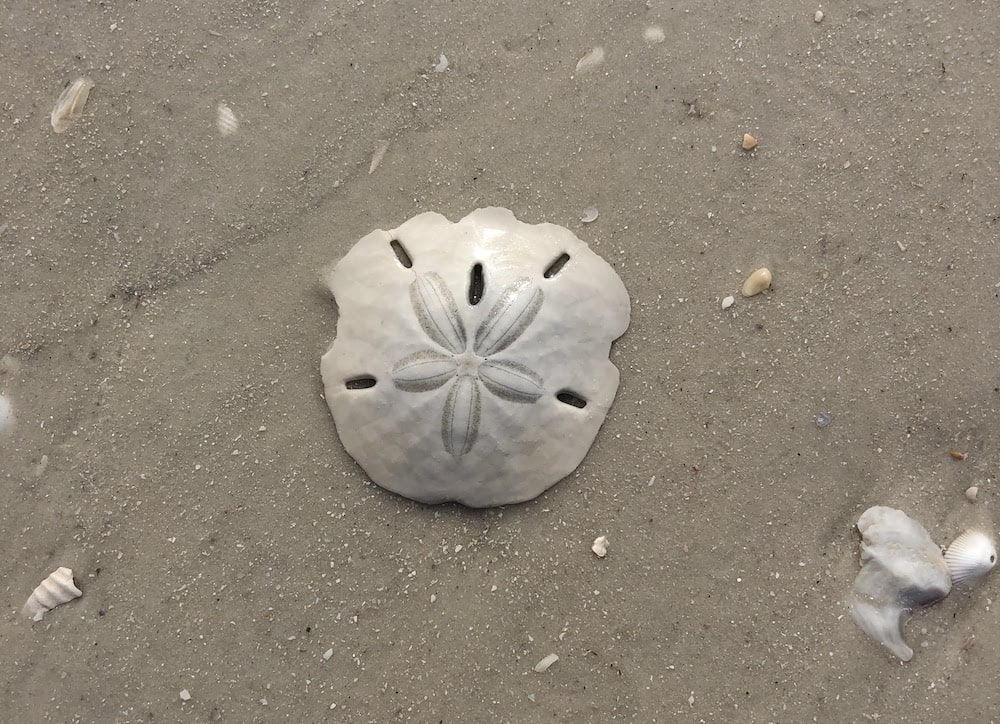
Sand Dollar Feet moving at the beach HD macro with Sony RX100 YouTube
Coordinated movements of the spines enable sand dollars to move across the seabed. The velvety spines of live sand dollars appear in a variety of colors—green, blue, violet, or purple—depending on the species.

Sand Dollar Living Moving in the Sand!! YouTube
The sand dollar skeleton, sometimes also referred to as the sand dollar fossil, or test (a test is a skeleton of an urchin) is the hard shell that is left after the sand dollar dies and dries out. A complete and intact sand dollar fossil is a coveted prize among many beachcombers. The sand dollar exoskeleton is made of calcium carbonate.

Sand Dollar alive in action YouTube
Moving sand dollar at the beach. Sand dollars are a popular beachcombing find, and their five-petaled designs make them a beautiful addition to any collection. Sand dollar remains are often found in shallow, sandy areas, and they can be easily identified by their five-petaled designs.

Living sand dollar YouTube
Додатково, observe if the sand dollar is moving or remains motionless, as live ones may occasionally move their spines when disturbed. When touched, a live sand dollar will feel soft and velvety, while a hard or brittle texture indicates it is dead. Living sand dollars produce a yellow staining substance called echinochrome.

Sand Dollar alive and moving. YouTube
Sand dollars are amazing creatures that are in fact alive despite seeming like they do not move. This video shows that sand dollars do move, as well as the d.

Sand Dollars Moving on beach in Mexico YouTube
Living sand dollars are often found together on the seafloor, where they can burrow into the sand and be in close proximity for reproduction by spawning, where gametes are released into the.

What Do Sand Dollars Eat? American Oceans
Search for Sand Dollars. •••. When a sand dollar dies and decays, its skeleton often washes up onto the ocean shore, especially if there's been a storm the night before. To find a sand dollar's skeleton, walk along the beach at low tide, paying close attention to the area just below the high-tide line. Look for round patches or.

Everything You Need to Know About the Sand Dollar » Sand Dollar Shelling
With so many moving parts, the surface of a western sand dollar can be quite a hub of activity. Found only along the northeastern shores of the Pacific Ocean, the aptly named Dendraster excentricus has evolved some eccentric traits and behaviors that are unique among living sand dollars.

Cool Look Inside a Live Sand Dollar • Kids Activities Blog
Gently hold the sand dollar and watch the tiny spines. If they move, it is living. The small spines will fall off quickly after the animal dies. Check the color. Sand dollars are grey, brown or purplish when they are living. When a sand dollar dies, the color fades and the skeleton becomes very white.
:max_bytes(150000):strip_icc()/__opt__aboutcom__coeus__resources__content_migration__mnn__images__2020__01__live_sand_dollar-2750c4df286c4dcca725b77f15c8b80d.jpg)
9 Fascinating Facts About Sand Dollars
Sand dollars move horizontally using their spines located on the bottom of their body. They use them in a rowing motion, and move in a linear path, only being able to go forward. Four types of sand dollars' movements are rotation, progression, burying, and righting movements.

How Do Sand Dollars Move? Ocean Fauna
Awesome Prices & High Quality Here On Temu. New Users Enjoy Free Shipping & Free Return. Come and check All Categories at a surprisingly low price, you'd never want to miss it.

Living Sand Dollar How a Sand Dollar Moves YouTube
Time Lapse Sand Dollar moving accross the sand mrjustin5 286 subscribers 438K views 16 years ago This is some Time Lapse video I shot of a very active Sand Dollar moving across the.
:max_bytes(150000):strip_icc()/sand-dollars-in-the-shallow-pacific-ocean-waters-1076389126-a7eb780e0519493b80b7a3c5a7f0ace8.jpg)
9 Fascinating Facts About Sand Dollars
A LIVE Sand Dollar showing how they make their great escape. in under four minutes.

Sand dollar moving in sand (4mins) timelapse YouTube
When sand dollars are alive, they are covered with a coating of cilia, small hairlike feet that help the sand dollar move and bury itself in the sand. These tiny spines move when the animal is still alive, so if you hold a sand dollar in your hand and feel the spines moving, it is living. The spines also give the sand dollar a dark color.

Sand Dollar Facts and Beyond Biology Dictionary
Live sand dollars are covered in a velvety layer of spines that help them move and burrow in the sand. If you find a sand dollar on the beach, it can be difficult to tell if it is alive or dead. A live sand dollar will have a dark color and will be covered in a velvety layer of spines.

He Films A Moving Sand Dollar. Then He Notices Its Edges… This Is MIND
Sand dollars practice "broadcast" or "group" spawning, meaning both sexes release eggs and sperm into the water. The more there are, the higher the success rate. 8. They Have Few Predators.